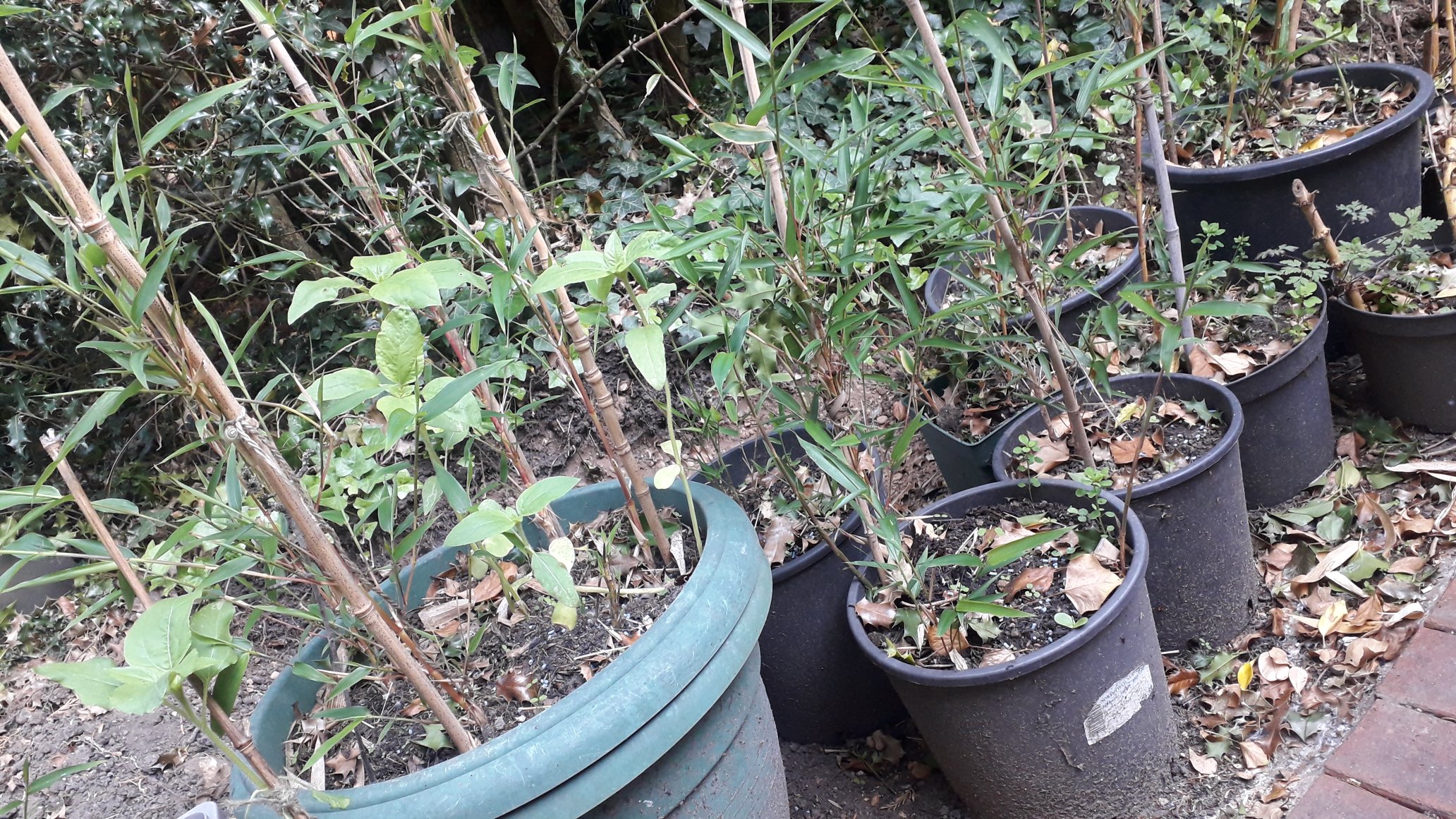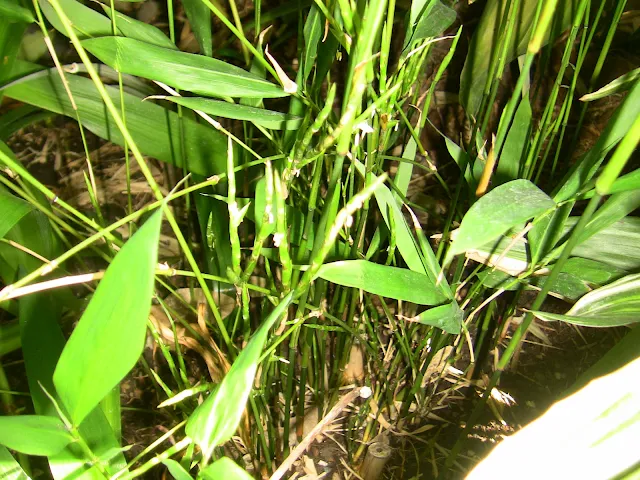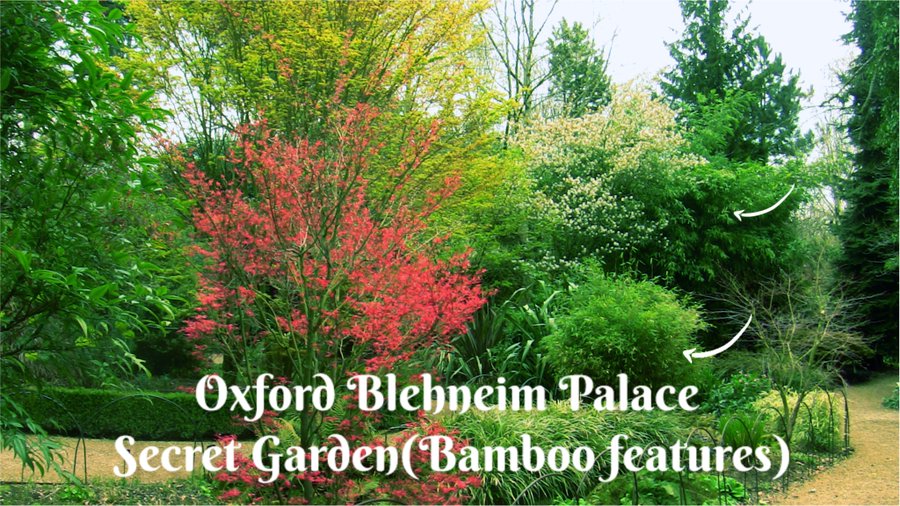Running bamboo plants are invasive. They spread.
Always use a bamboo root barrier when growing them in the garden.
See the top 5 running bamboo you can grow based on popularity and gardeners' preferences.
What running bamboo plants can you grow in the UK?
Bamboos are fast-growing hedge and privacy screen plants.- Survey the area before planting running bamboos;
- Use bamboo root barriers.
- Plant bamboos in large heavy-duty pots.
Top 5 running bamboo to plant in the garden
Based on the popularity and gardeners' preferences, here are the top 5 running bamboo plants you can grow in the garden. (Get more information via the links)
- 1) Phyllostachys Aurea (Fishpole bamboo) – Tall, slim and tough bamboos, ideal for garden sticks. If you want a good supply of bamboo sticks to use in the garden, this is the best bamboo.
- 2) Phyllostachys Bissettii (Green Bamboo): tall culms and long, dark green leaves, dense evergreen foliage. A fantastic bamboo for the border hedge or privacy screen.
- 3) Phyllostachy Areosulcata 'Spectabilis' (Golden Groove Bamboo) – spectacular culms, ideal for the driveway, or tall hedge and privacy screens. It’s also great as an individual plant, plant it where you can see the colours (yellow and green stripes) all year round.
- 4) Phyllostachys vivax aureocaulis (Golden Chinese Timber Bamboo) – similar to Phyllostachys aureosulcata 'Spectabilis', but bigger and taller. This timber bamboo has yellow and stunning green stripes. Best for thick privacy screens.
- 5) Bamboo Phyllostachys Sulphurea Viridis (Ougon-kou Chiku Bamboo) - is a stunning ornamental plant due to its appearance. At 4m average height, this bamboo is a great addition to woodland forests, large gardens and dense garden hedges. It is edible bamboo. Very invasive.
Red, yellow and black bamboo plants
Bamboos come in many different colours, sizes and shapes. Bamboo gardeners know that there is always the right bamboo for every garden.FEATURED: Phyllostachys rubromarginata, (also called the Reddish Bamboo or Red Margin Bamboo) has a rather reddish colour of the new shoots. This running bamboo is tall and upright. It tends to spread very quickly, ideal for tall hedges and quick natural privacy screens.
What to do when bamboo invades other spaces?
It will cost you a lot of money, time and effort to bring them under control later. If your garden bamboo invades other sections or the neighbour’s side, you’ll have to act fast.Related article here – Tools You’ll Need to Remove Running Bamboo Rhizomes.






![Golden Yellow Stem Bamboo [Phyllostachys vivax f. aureocaulis] Golden Yellow Cane Bamboo](https://i0.wp.com/www.gardenbambooplants.com/wp-content/uploads/2021/10/golden-chinese-bamboo-vivax1-scaled.jpg?resize=1536%2C864&ssl=1)


![Phyllostachys Aurea Golden Bamboo [Fishpole Bamboo] phyllostachys aurea UK](https://pbs.twimg.com/media/FaMAFSkWAAAt31P?format=jpg&name=medium)